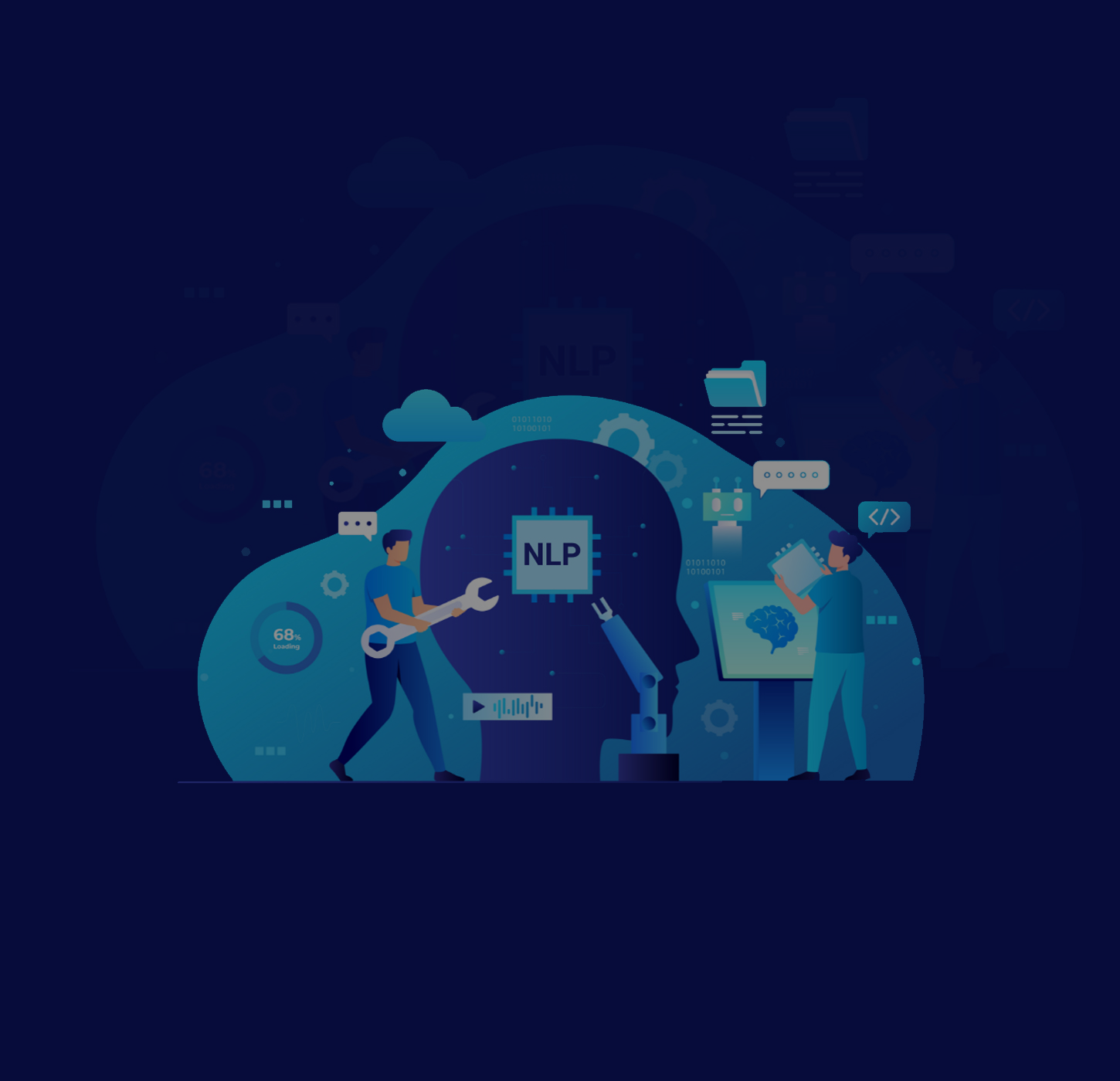Introduction
Natural Language Processing or NLP, is a branch of artificial intelligence that empowers machines to
understand, interpret, and respond to human language. From simplifying daily tasks to revolutionizing
industries, NLP’s applications are as diverse as they are impactful. Let’s embark on this journey to
unravel the wonders of NLP and its myriad applications.
What is Natural Language Processing (NLP)?
At its core, NLP combines computational linguistics—rule-based modeling of human language—with
statistical, machine learning, and deep learning models. This fusion enables computers to process,
analyze, and even generate human language in a way that is both meaningful and useful.
Key Technologies in NLP
1. Machine Learning and AI: The backbone of NLP, enabling systems to learn from data.
2. Speech Recognition: Converting spoken language into text.
3. Natural Language Understanding (NLU): Interpreting intent and meaning from text.
4. Natural Language Generation (NLG): Creating human-like text from data.
Applications of NLP
NLP has a broad spectrum of applications, making it a transformative technology in various domains:
1. Voice Assistants: Powering Siri, Alexa, and other digital assistants.
2. Sentiment Analysis: Used in social media monitoring and brand management.
3. Machine Translation: Enabling real-time translation of languages, like Google Translate.
4. Chatbots and Virtual Assistants: Providing automated customer support.
5. Text Analytics: For extracting insights from large volumes of text data.
The Impact of NLP
The influence of NLP is far-reaching:
1. Business Intelligence: NLP helps businesses understand customer feedback and market trends.
2. Healthcare: From diagnosing patients to interpreting clinical notes.
3. Education: Assisting in language learning and personalized tutoring.
The Future of NLP
The horizon of NLP is continually expanding, with advancements in deep learning and AI propelling its
capabilities to new heights. Future trends include more nuanced and context-aware systems, improved
machine translation, and the seamless integration of NLP into everyday devices and applications.
Conclusion
NLP stands as a pillar of technological advancement, bridging the gap between human communication
and computer understanding. With every leap forward, it promises to unlock more potential, making our
interactions with technology more natural and intuitive.
Further Reading and Exploration
For those intrigued by the world of Natural Language Processing and eager to delve deeper, a wealth of
knowledge awaits. Here are some recommended areas of study and resources that can expand your
understanding and appreciation of NLP:
1. Foundations of NLP: Start with the basics by exploring foundational texts and online courses
that cover core NLP concepts, algorithms, and language models.
2. Advanced Machine Learning for NLP: Dive into more advanced topics like deep learning, neural
networks, and their applications in NLP.
3. NLP in Specific Domains: Explore how NLP is applied in different fields such as healthcare,
finance, and customer service to understand its diverse use cases.
4. Ethical Considerations in NLP: Investigate the ethical implications, biases in language models,
and how NLP can be used responsibly.
5. Voice Technology and Speech Recognition: Investigate the specifics of speech recognition
technologies, their challenges, and advancements.
Keep Learning, Keep Testing











